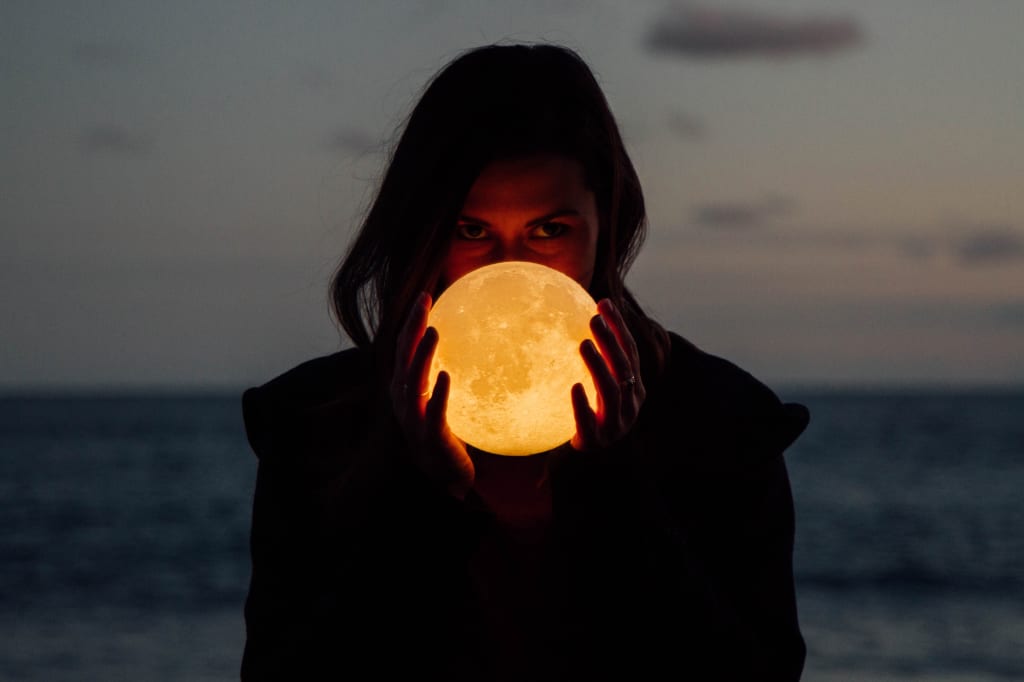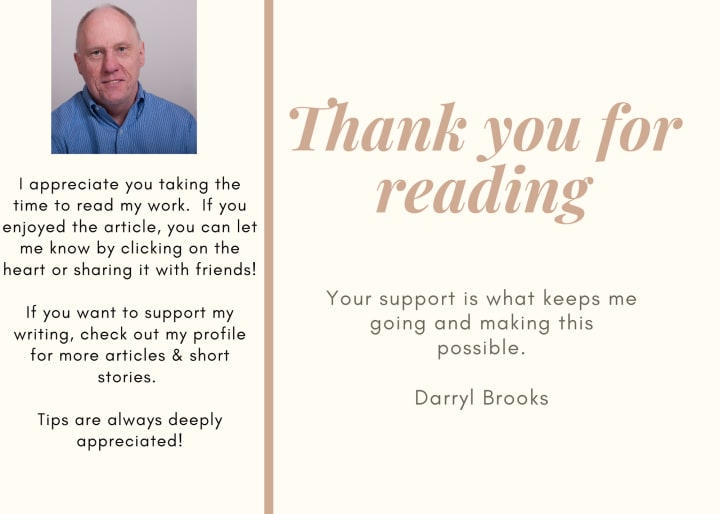How to Photograph the Moon
Even if it’s a Multi-Colored Super-Moon

Our entire lives, approximately once a month, like astronomical clockwork, we get a full moon. If we’re out at night, we notice it. If it’s one of those particularly bright or large or colorful full moons, we might stop and admire it for a minute.
But a few years ago, a strange phenomenon occurred. We started giving the full moon all those fancy names. It’s not completely new. There’s always been the blue moon; the second full moon in a month, and the harvest moon, the one closest to the fall equinox. But lately, it seems like every month, they alert us to some wonderful full moon.
And the word super is usually in there somewhere.
Super-moon just means that the moon is at its closest point to the earth, but we’ve already had thee in the first five months of the year. But the fact is, it’s the same moon we’ve been seeing our entire lives. Maybe it’s the proliferation of digital cameras. Maybe it’s the fact that now everyone is a photographer. Whatever the reason, once a month (or twice if it’s a blue super-moon), everyone is out there trying to get a shot.
And most of them are pretty bad.
It should be simple, right? You see a beautiful full moon, grab your camera and fire off a shot. Then you take a look at it, and it’s blurry, or tiny, or just a bright white spot in a black background. Shooting the moon requires a particular technique, just like any other form of photography. This article will give you tips on how to photograph the moon.
Use a Tripod
There are a lot of tricky factors in taking photos of the moon, so it’s best to eliminate one of them. Depending on how large and bright the moon is, you might get away with hand-holding, but it’s best not even to try. Use a tripod and make sure that the camera is steady, especially with the long lens you will want to use. On the same note, use a shutter release cable, a wireless remote, or your camera’s self-timer rather than pressing the shutter manually.
Use a Long Lens
In your eye, the moon looks enormous. But if you try to shoot it with a 50mm, it’s just going to be an insignificant dot in blackness. Unless there are foreground elements you want to capture, use your longest focal length and zoom in as tight as you can.
Camera Settings
This is the tricky part of moon photography. Several factors make this so. You may have forgotten this from 4th-grade science, but the moon is moving. So is the earth. Also, the moon has no light; it’s just reflecting the sun. That’s right. You are shooting sunlight. Both factors affect your camera settings.
This is one of those cases when shooting in manual mode might be best. Also, despite the guidelines given here, be prepared to experiment and bracket your shots. Fortunately, this isn’t like shooting a sunset. Unless you are trying to capture the moon on the horizon, you have time to try several things.
A good basis to start with is using the ‘looney 11’ rule. You may be familiar with the sunny 16 rule. This one is similar. Set your aperture to f11 and your shutter speed to the reciprocal of the ISO. Since you are, hopefully, shooting on a tripod, your ISO should be as low as possible. So if your ISO is 100, set the aperture to f11 and the shutter speed to 1/125th.
Of course, if your lens is sharper at a larger aperture, then make adjustments accordingly. The moon is over 200,000 miles away. Depth of field isn’t an issue here. So, if you need to open up to f8 to get the sharpest image, then raise your shutter speed to 1/250th. Just remember that everything is moving, so you don’t want to shoot any slower than 1/60th, or your moon will look blurry.
Take the shot. Zoom in tight on your LCD to check sharpness and detail. If it’s not sharp, make sure your camera is stable, raise the shutter speed, and try again. If it’s too bright and you have lost detail of the mountains on the moon, lower the shutter speed. If you are shooting mirrorless, zooming in with live-view can make an enormous difference.
But whatever you do, don’t just take one shot and call it a night. You won’t know for sure until you get the images loaded onto your computer screen, so bracket the shutter speed and aperture and take several shots.
Don’t worry, you won’t miss too many opportunities. Social media will buzz with the next super-moon any day. But now you are prepared. Next time you see a beautiful full moon, grab your long lens and tripod and set up for some fantastic images. Just remember these tips for how to photograph the moon.

About the Creator
Darryl Brooks
I am a writer with over 16 years of experience and hundreds of articles. I write about photography, productivity, life skills, money management and much more.






Comments
There are no comments for this story
Be the first to respond and start the conversation.